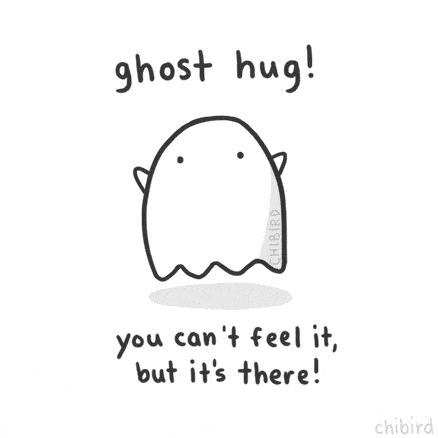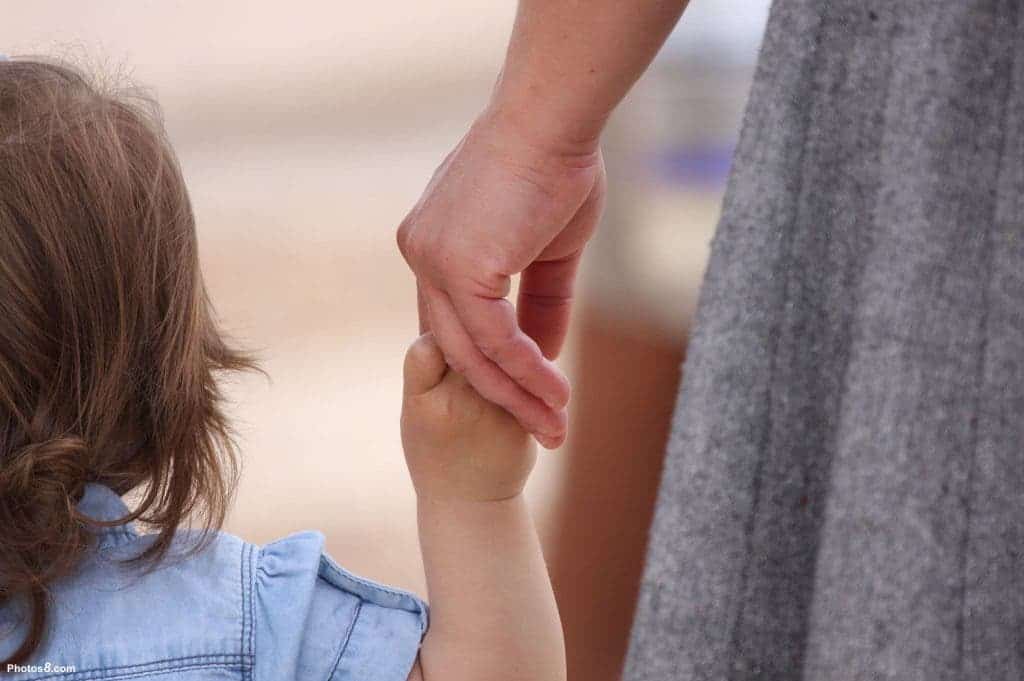New research has found evidence of emotional burden sharing (also known as load sharing) between partners in a close relationship. The study, co-authored by Queen’s University PhD candidate Jessica Lougheed, found that a strong personal relationship can help ease stress when placed in difficult situations.
The study, “Sharing the burden: the interpersonal regulation of emotional arousal in mother-daughter dyads,” was published in the journal Emotion.
The social baseline theory
“We wanted to test a new evolutionary theory in psychology called Social Baseline Theory which suggests that humans adapted to be close to other humans,” says Ms. Lougheed. “The idea is that individuals function at a relative deficit when they are farther away from people they trust.”
The study measured under how much stress 66 adolescent girls were during an impromptu speech task. Before the task, they and their mothers were asked to rate the quality of their relationships. While they were delivering the speech, their levels of stress were tracked using galvanic skin response — by measuring the amount of skin perspiration. Participants’ mothers were also asked to either hold or not hold their daughters’ hand during this time, so the scientists could account for the effect physical, rather than the emotional, closeness had on the girls.
Hugs are golden, closeness is better
The girls’ performance spoke volumes: researchers found that physical closeness enabled the participants to manage stress much more efficiently, regardless of how close the mother-daughter relationship was reported to be. However, when physical contact was removed from the equation, only the participants who reported higher relationship quality showed signs of load sharing.
“Our results suggest that we are better equipped to overcome challenging situations when we are closer — either physically or in terms of how we feel in our relationships — to people we trust,” says Ms. Lougheed.
Participants who had reported the lowest level of mother-daughter relationship closeness and lacked physical contact during the task were the least efficient in managing emotional stress.
“We were somewhat surprised to find that mothers’ stress did not vary by physical closeness — after all, it can be stressful for parents to watch their children perform, but being able to offer physical comfort might have lessened the mothers’ stress,” says Ms. Lougheed.
“Thus, emotional load sharing in this context was not a function of the mothers’ stress level, and we expect that it occurred instead through the daughters’ perceptions of how stressful it was to give a speech. That is, higher physical and/or relationship closeness helped the daughters feel like they could overcome the challenging situation.”
The findings suggest that some of the difficulties associated with relatively low relationship quality can be overcome with physical contact, and that a high-quality relationship has the same effect on managing emotions as being physically comforted by a loved one.

Good relationships have the same effect on your emotional stability as a hug.
Image via erinhunter.katecary.co.uk
Lougheed does point out that the general level of relationship quality reported in the study was relatively high, and that physical contact may have profoundly different functions in distressed families.
She also cautions against generalizing these results to other partnerships — such as a relationship between romantic partners, platonic friends and other family members — and suggest that more research be done to determine the effect of socioeconomic status and gender, amongst other factors.










